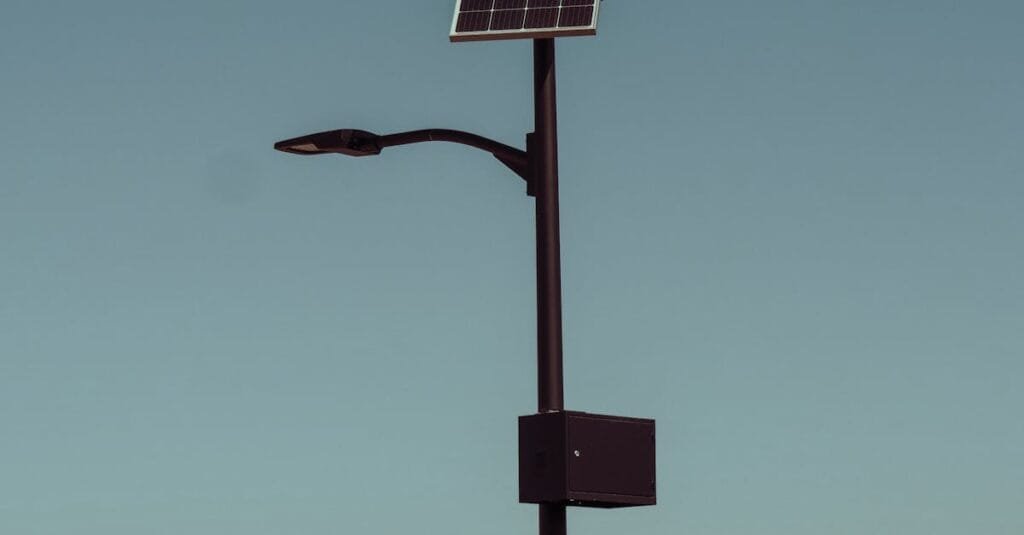As commercial property owners and developers seek sustainable, cost-effective infrastructure solutions, solar lighting has emerged as a viable alternative to traditional grid-connected systems. With advancements in photovoltaic technology, battery storage, and LED efficiency, solar lighting is no longer a fringe option—it’s a strategic investment.
At Illumify, we specialize in helping clients navigate the solar lighting landscape. We don’t manufacture products; instead, we provide expert analysis, system design, and solar lighting system specification services to ensure each solution is technically sound, financially viable, and tailored to the project’s unique requirements.
Why Consider Solar Lighting?
Solar lighting systems offer several compelling advantages for commercial applications:
- Grid Independence: Ideal for remote or hard-to-wire locations, solar lighting eliminates the need for trenching and electrical infrastructure.
- Operational Cost Savings: Once installed, solar systems operate with minimal energy costs, reducing long-term utility expenses.
- Sustainability: Solar lighting supports ESG goals and can contribute to LEED certification and other green building standards.
- Resilience: Systems continue to operate during grid outages, enhancing safety and reliability.
Key Technical Considerations
1. Solar Resource Assessment
Accurate site analysis is critical. We evaluate solar irradiance, shading patterns, and seasonal variability to determine whether a location can support a solar lighting system throughout the year.
2. System Sizing and Load Matching
Proper sizing ensures reliability and cost-efficiency. We calculate the total energy demand based on fixture wattage, operating hours, and control strategies, then match it with appropriately sized solar panels and battery storage.
3. Battery Technology and Autonomy
Battery selection impacts both performance and lifecycle cost. We typically recommend lithium-based chemistries (e.g., LiFePO₄) for their high energy density, long cycle life, and temperature resilience. Systems should be designed with at least 3–5 days of autonomy to account for inclement weather.
4. Lighting Performance
We specify LED fixtures that meet IES standards for commercial illumination, focusing on:
- Luminous efficacy (lumens per watt)
- Color temperature (typically 4000K–5000K)
- Uniformity ratios and glare control
Photometric analysis ensures compliance with safety and visibility requirements.
5. Control Systems
Advanced control features, including motion sensors, dimming schedules, and remote monitoring, enhance energy efficiency and system longevity. These features also provide valuable diagnostics and maintenance alerts.
6. Structural and Environmental Durability
Poles and enclosures must be engineered for local wind loads, corrosion resistance, and ingress protection (IP65 or higher). We also assess vandal resistance and maintenance accessibility.
Our Approach at Illumify
Our process is rooted in engineering rigor and market awareness. We begin with a comprehensive needs assessment, followed by:
- Site and solar feasibility analysis
- Fixture and system performance modeling
- Vendor-neutral product evaluation
- ROI and lifecycle cost analysis
- Code and compliance verification
We then deliver a detailed specification package that aligns with the client’s performance goals, budget, and timeline.
Conclusion
Solar lighting is a technically mature and economically sound solution for many commercial applications—but only when it’s properly designed and specified. At Illumify, we bring deep technical expertise and industry insight to help clients make informed decisions that maximize performance and return on investment.
If you’re exploring solar lighting for your next project, we’re here to guide you through the process, from concept to commissioning.

